MASS notes from ApolloPalooza Party, July 19, 2019

This was our 62nd get-together and our 8th anniversary. It was our second meeting as an “eating” event, following our PlutoPalooza 4 years ago. Dean and his wife, Laura, Phil and his wife, Lin, Keith, Dave, Silvio, my wife Carol and I were in attendance. We enjoyed Portillo’s beef sandwiches, chopped and fruit salads, a pesto moon with rocket crackers, Budweiser Apollo-era red lager beer, wine and moon oreos. I could kick myself for not better documenting the event, but I did snap this picture of our dining table centerpiece after the event.
For many people it has been a month of Apollo 11 50th year celebration events. For me it was 4 days in a row. I went to an Adler After Dark MoonShot event on Thursday, July 18, the MASS ApolloPalooza on Friday, an Apollo 11 Celebration talk at the College of DuPage with astronomer Joe DalSanto and 500 other people on Saturday and finally a panel discussion about the impact of Apollo at the Chicago Society for Space Studies event in Schaumburg on Sunday. Zoowie!! After attending all these events and doing my Apollo homework for ApolloPalooza, I think I’m officially Apollo’ed out.
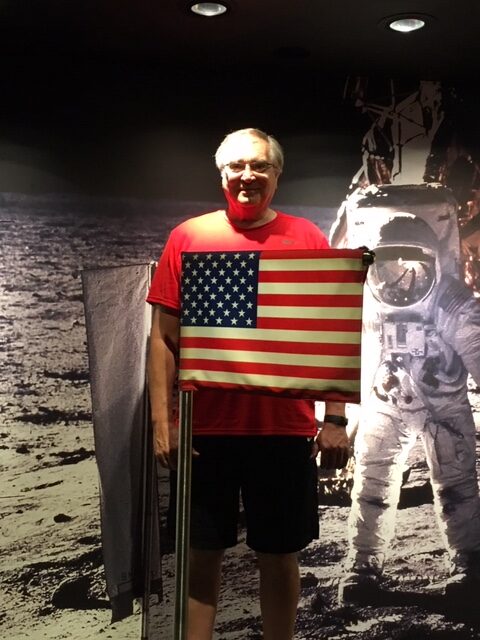
At ApolloPalooza after we ate, I administered a short Apollo trivia quiz. If you’d like to see how well you do I’ve supplied the answers at the end of the post. Perfect score is 100 points and you can’t use the Internet as a resource.
- Name the 3 astronauts of the Apollo 11? 15 pts total, 5 pts each
- What was the name of the moon landing location of Apollo 11? 15 pts
- In the movie “First Man”, what did one of the astronauts leave on the moon? 10 pts
- What was the presidential signature on the plaque left on the moon by the Apollo 11 astronauts? 10 pts
- In the entire Apollo program, how many astronauts walked on the moon? 10 pts
- What was the call sign of the Apollo 11 LM (Lunar Module) that landed on the moon? 10 pts
- Who was the last person to walk on the moon? 10 pts
- In the entire Apollo program, how many astronauts walked on or orbited the moon? 10 pts
- What is the name of NASA’s new moon landing program and what year do they want to accomplish the landing? 10 pts total, 5 pts each
Our winner with 80 points was Keith. His prize was a package of Moon oreos with a glow-in-the-dark wrapper. For a second prize of Moon oreos, I had everyone guess how many Lego blocks were in the Lunar Module kit. Dean guessed 1500 which was the closest to the actual number of 1087.
We then shared our memories of the Apollo 11 landing. Everyone had some recollection of watching it live. Silvio watched it in Italy. Keith was at a block party in Shabbona, IL. Carol and I watched it at my parents house in Cudahy, WI. The Apollo 11 landing occurred at 3:17 PM CDT on a Saturday afternoon. The 2 1/2 hour moon walk didn’t occur until about 9:30 PM and went to a little after midnight. Neil and Buzz spent 21.5 hours on the moon and brought back 47.5 lbs of rocks and regolith.
Over the next 3.5 years, another 6 Apollo missions were launched with 5 of them landing on the moon. Apollo 13 was the exception. Apollo 17 was the last mission in December 1972 with local guy, Gene Cernan, and Harrison Schmitt walking on the moon. They performed 3 moon walks totaling over 22 hours and brought back 243.4 lbs of rock samples. The lunar rock total for the 6 Apollo landings was 842 lbs. Each Apollo mission grew in complexity and capability. Apollo 15 at the end of July 1971, was the first appearance of the electric car, Lunar Roving Vehicle, that really increased the astronauts mobility on the surface. Dave Scott and Jim Irwin traveled 17.3 miles in it.
Apollo has been estimated to cost $150 billion in today’s dollars. The Planetary Society recently estimated the entire cost at $288 billion in today’s dollars if you include the Gemini program and related robotic programs. It amazes me that Kennedy’s “we go to the moon by the end of the decade” speech on May 25, 1961, came only 20 days after the US’s first manned space flight by Alan Shepard. Shepard’s flight was sub-orbital and lasted only 15 minutes. In 8 years we went from that puny Redstone rocket to a Saturn V capable of sending over 100,000 lbs and 3 men to the moon. The manpower behind Apollo was estimated to be 400,000 people in the US workforce.
During the Apollo era, NASA’s budget was approaching 4.5% of the GNP of the US. Today NASA’s budget of $21 billion is only about .5% or 1/9 of what it was during the 60’s. That is a little bit why we haven’t been sending astronauts beyond low-earth-orbit for 50 years. The fear in the late 50’s and 60’s when the American public saw the Russians sending Sputnik overflying the US and beating us with the first man in space, was an enormous motivating factor. I think that was why the politicians got behind Kennedy’s speech. Kennedy stated that “he wasn’t much of a space guy” and I read that 60% of the American public didn’t think a moon program was a good idea. But the assassination of Kennedy and the flow of Federal dollars to NASA facilities in the South kept the support of the politicians and the public didn’t complain because they didn’t want to be second to the Ruskie’s.
When we beat the Russians to the moon, the whole impetus behind the Apollo program evaporated. There was no platonic effort to expand Man to a multi-planet species, it was a “cold war” effort to beat the Communists. On the second Apollo 12 mission, some of the live broadcasts from the Apollo capsule were not even carried by the TV networks. Nixon’s fear after Apollo 13 that a mission would fail on his watch, helped him decide to cancel the last 3 Apollo missions even though all the Saturn V and Apollo hardware was built and the astronauts trained. That is why we had 3 fully functional Saturn V’s in Houston, Alabama and Florida on display. The American public was also questioning the price tag and didn’t object to stopping the program.
The current administration has proposed a 5 year return to the moon program called Artemis. Artemis in Greek mythology is the twin sister of Apollo. The program has very little detail behind it and Congress questions about its cost and the effect it will have on the other scientific missions of NASA. I’ve seen an unofficial estimate of $30-50 billion over and above the current NASA budget would be required between now and 2024. The White House only requested an extra $1.6 billion in FY 2020 budget which is a bit of a “low-ball” joke. The presidential tweets also don’t help consolidate support for the new moon effort. If not much else, Artemis does have a logo. Artemis has the goal of landing the first woman on the south pole of the moon.
We’ll see how the plan develops. I’m a fan of going to the moon before taking on a Mars mission. NASA could do great things to get commercial ventures going with lunar resource utilization. Mining of water ice could provide oxygen and hydrogen for rocket fuel. But the old moon plan of doing it in logical steps by 2028 makes a lot more sense. It would allow for more international participation and I think less wasted money on missions that don’t build on themselves. The US does have to show some stability and not change course with every administration that comes along. Otherwise the Chinese will definitely leave us in the lunar dust. On the positive side, NASA has just released a contract to Maxar for $375 million to develop the ion propulsion module for the Lunar Gateway which will orbit the moon and provide a place to stage missions to land anywhere on the moon, including the ice rich poles.
Only 4 of the moon walkers are still alive and of the 24 who traveled to the moon, 12 are still with us. Their ages range from 83 to 91 years. I so hope that some of them will get to see us return to the moon.
The Saturn V remains as the most powerful rocket ever developed. With its 7.5 million pounds of thrust, it could put 140 metric tons (310,000 lbs in LEO, Low Earth Orbit). It has a perfect record of 13 successful launches, 12 for Apollo and 1 for SkyLab. It sent all 9 missions to the moon and launched crew 10 times. It is estimated that it cost $42 billion to develop and had a price tag of $1.2 billion to launch a mission. It had 5 enormous F-1 engines on the first stage, 5 J-2 engines on the second stage and 1 J-2 on the third stage.
The US had plans for a rocket called the Nova that was going to be twice as powerful as the Saturn V. Fortunately, the decision to use “lunar rendezvous” where only part of the lunar hardware had to land and ascend from the moon, enabled us to save considerable weight. The Nova was no longer needed and canceled. Nova would have been 10 ft taller than the 363 ft Saturn V and 50 ft in diameter (33 ft for Saturn V) with 8 F-1 engines in the first stage, 4 never developed M-1 engines in the second stage and a J-2 engine in the third stage.
If the SLS rocket currently being developed by NASA undergoes two upgrades (one to develop a new more powerful second stage (Block 1B) and one to develop a new liquid propellant side booster (Block 2)), it will rival the Saturn V with a lift capacity of 130 metric tons or 286,000 lbs to LEO. The first version of SLS called Block 1 is scheduled to launch in 2021 and should lift 70 metric tons or 154,000 lbs to LEO. This would make it the most powerful of the current rockets beating the expendable Falcon Heavy’s lift of 64 metric tons or 141,000 lbs.
Russia who had led the US so long in rocket development failed to develop any engine as powerful as the F-1. Their lunar mission rocket called the N1 had to use 30 NK-15 engines in its 56 ft diameter first stage that developed only 6.1 million pounds of thrust. It would have only placed about 209,000 lbs into LEO. Because the Russians couldn’t successfully manufacture or control that many engines, the N1 was launched 4 times with every one being a failure.
The N1’s fate makes me concerned about Elon Musk’s newest rocket the Super Heavy. It will have 35 of his new methane burning Raptor engines in its first stage. Technology has come a long way in 50 years, so I hope his manufacturing and software control can manage that many engines. The second stage of his rocket is called the Starship and will have 6 Raptor engines. Super Heavy will be able to lift in expendable mode 550,000 lbs to LEO and with in-space refueling send 100 metric tons to the moon or Mars. We live in exciting times. Super Heavy is claimed to be operating by 2021 and will be totally reusable. Watch out SLS!!
Quiz answers: 1) Neil Armstrong, Buzz Aldrin, & Mike Collins; 2) Sea of Tranquility; 3) Armstrong left the hospital bracelet from his daughter, Karen, who died at age 2; 4) Richard M. Nixon; 5) 12 men walked on the moon, 6 missions of 2 men each landed, Apollo 11, 12, 14, 15, 16 & 17; 6) Eagle was the name of the Apollo 11 lunar module; 7) Gene Cernan; 8) 24 different men walked and orbited the moon, Apollo 8, 10 & 13 orbited the moon, and 6 Apollo’s landed, 3 men in each of the 9 missions but 3 astronauts did it twice, Lovell orbited in Apollo 8 and 13, Cernan orbited in Apollo 10 and landed with Apollo 17 and Young orbited in Apollo 10 and landed with Apollo 16, 27 – 3 = 24; 9) Artemis is the new program and the goal is to land by 2024.
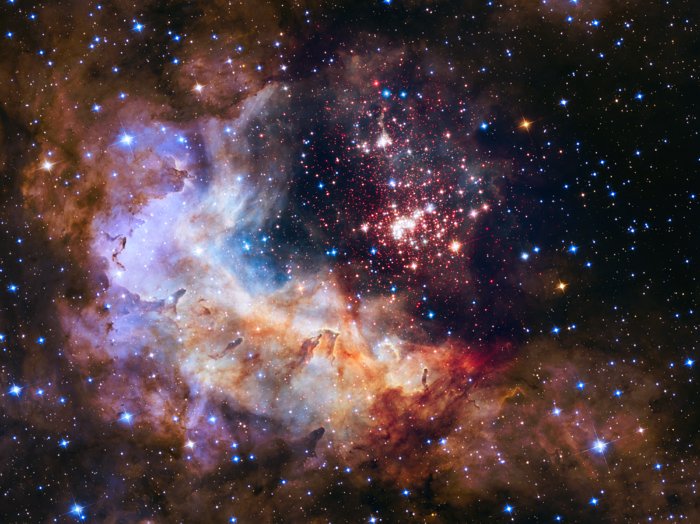
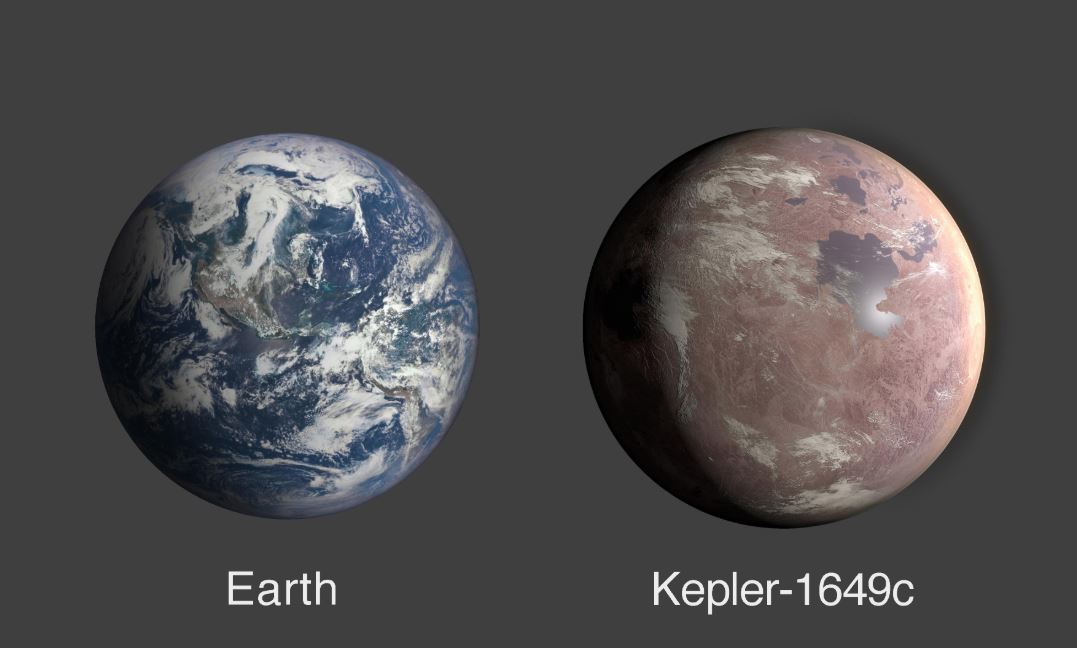
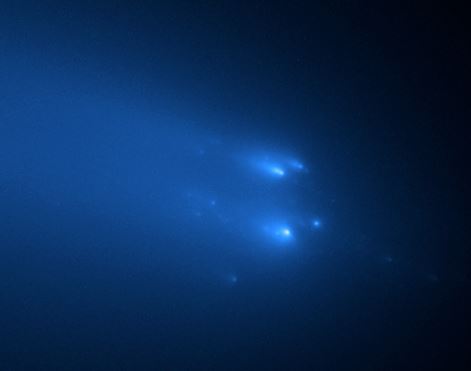
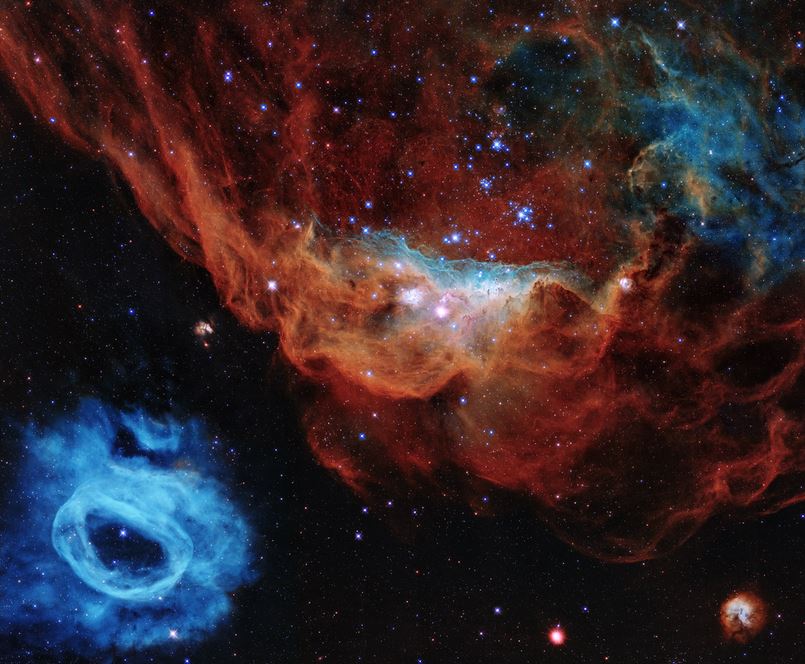

One Response
Great commentary and great party, Mass-Leader!
Thanks again for you and Carol to putting this all together, for us!
Forever appreciated!
-Keith & The MASS Club!
Comments are closed.